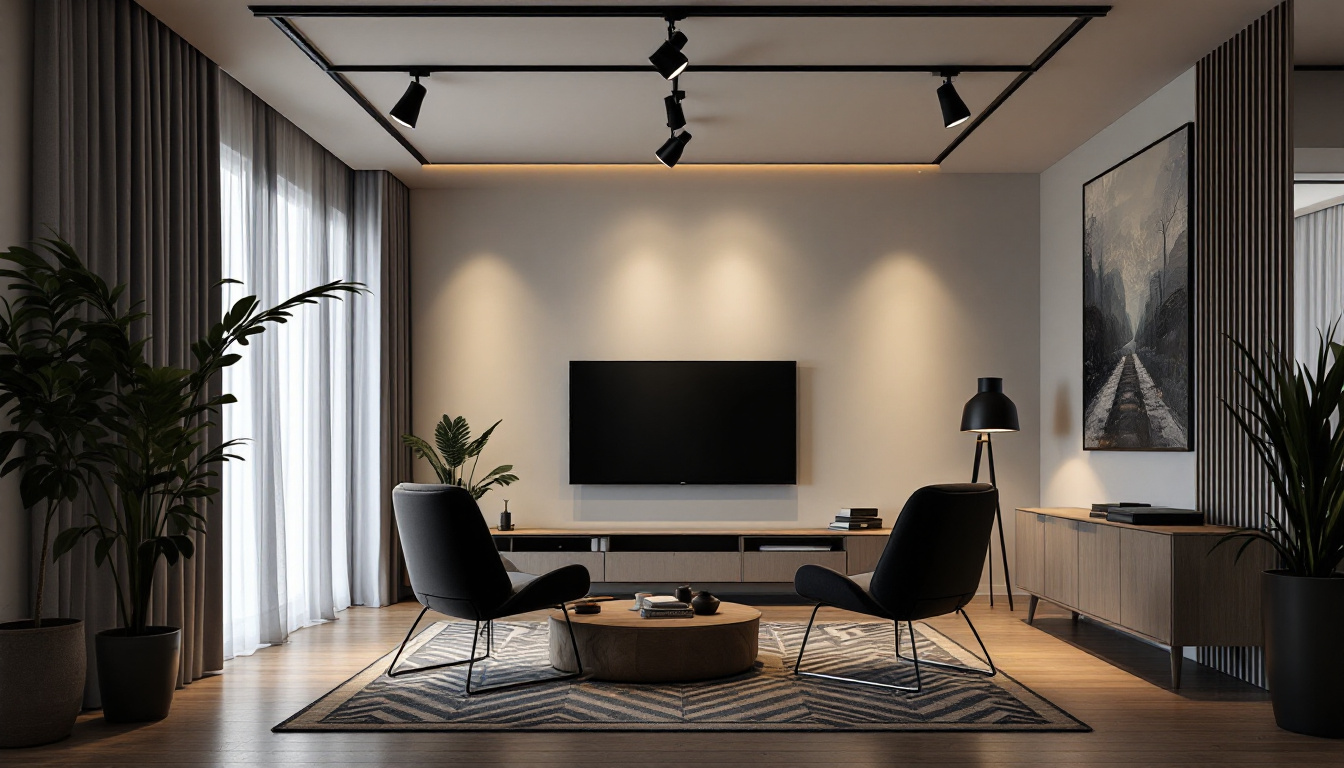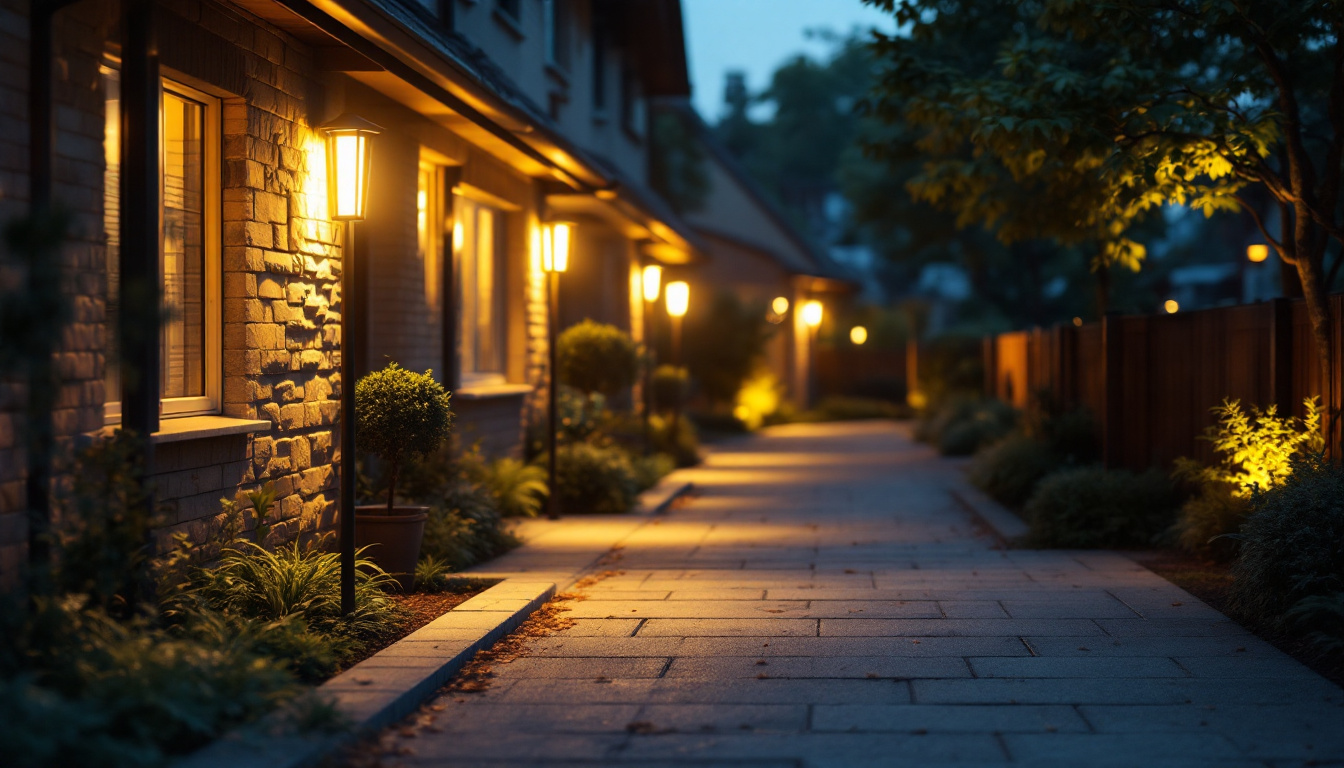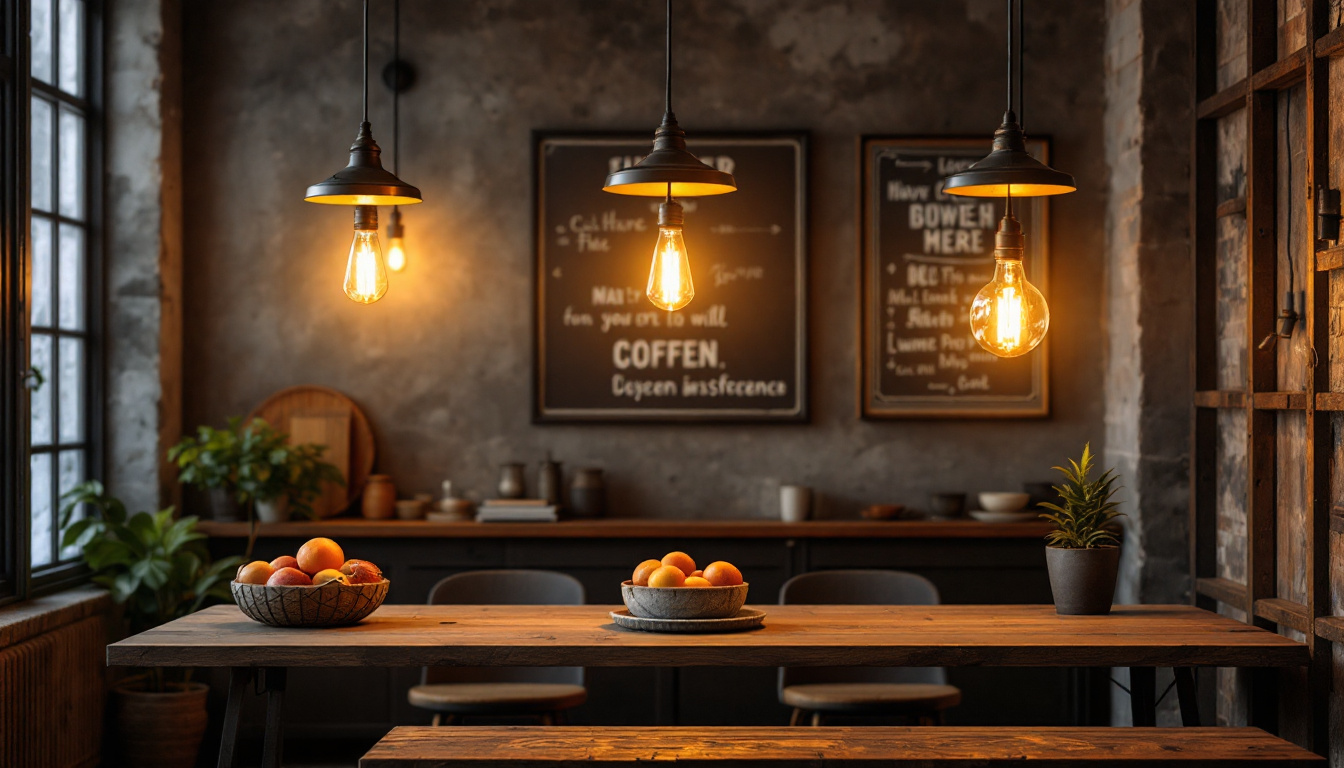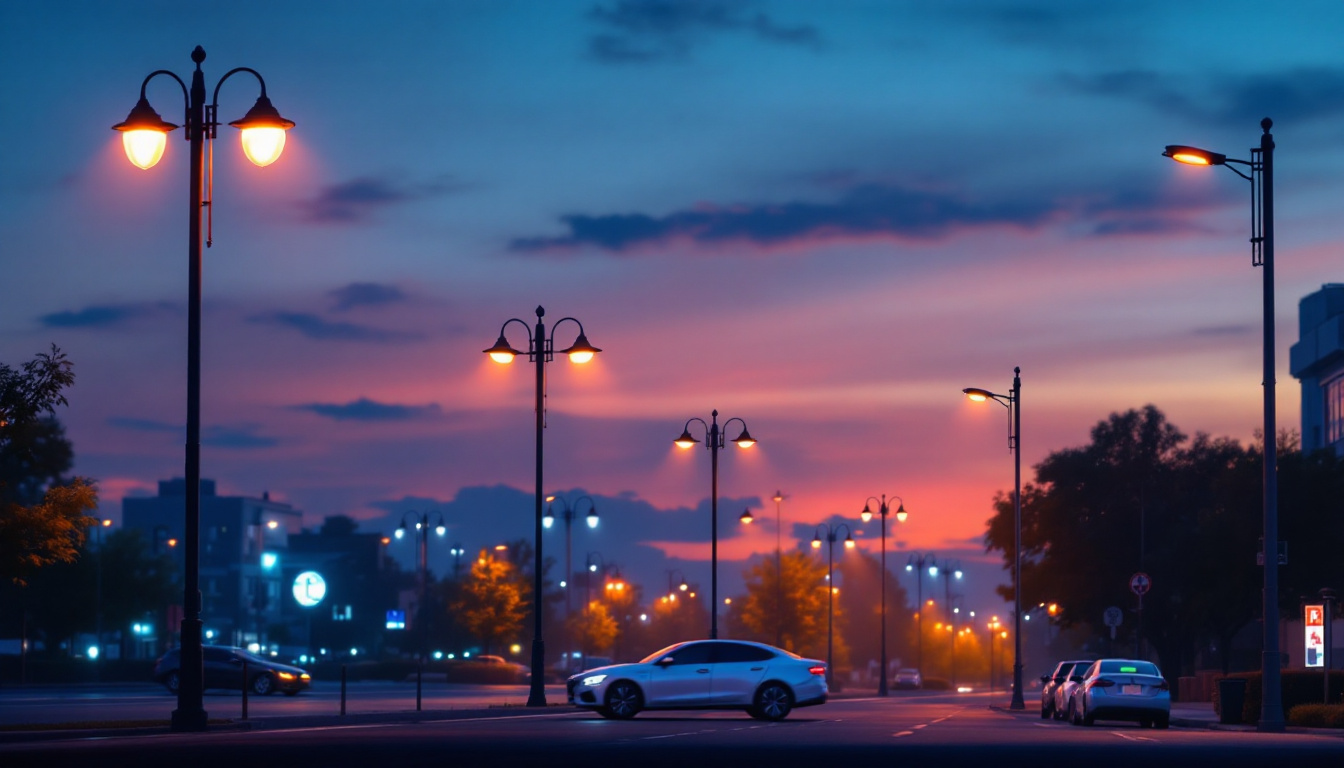

In the ever-evolving world of lighting design, track lighting has emerged as a versatile and stylish solution for both residential and commercial spaces. As a lighting contractor, understanding the nuances of track lighting is essential for delivering optimal results to your clients. This article delves into the various aspects of track lighting that every lighting contractor should be familiar with, from its components to installation techniques and design applications.
Track lighting consists of a series of light fixtures mounted on a track, allowing for flexibility in directing light where it is needed most. This system is not only functional but also adds an aesthetic appeal to any space. The key components of track lighting include the track itself, the fixtures, and the electrical connections.
The track is typically made of metal and comes in various lengths and finishes, allowing it to blend seamlessly with different interior styles. Fixtures can vary widely, from simple spotlights to more decorative pendants, providing an array of options to suit any design scheme. Additionally, the electrical connections are crucial for ensuring that the fixtures receive power while maintaining safety standards. These connections can be either hardwired or plug-in, giving homeowners the choice of installation methods based on their specific needs and preferences. Furthermore, many modern track lighting systems incorporate LED technology, which not only enhances energy efficiency but also allows for longer-lasting illumination with lower heat output.
There are three primary types of track lighting systems: H-type, J-type, and L-type. Each type has its unique connector configuration, which determines compatibility with various fixtures. Understanding these differences is vital for ensuring that your installations are both efficient and effective.
H-type systems are the most common and versatile, allowing for a wide range of fixtures. J-type systems, often used in residential settings, feature a more limited selection of compatible fixtures. L-type systems are typically found in commercial applications, offering robust options for illuminating larger spaces. In addition to these standard types, many manufacturers now offer customizable track lighting solutions, enabling users to create a tailored lighting experience that meets their specific requirements. This customization can include adjustable lengths, various mounting options, and even smart technology integration, allowing users to control their lighting through mobile apps or voice commands, further enhancing the convenience and functionality of track lighting systems.
Track lighting offers numerous advantages that make it a popular choice among homeowners and business owners alike. As a lighting contractor, highlighting these benefits can help you persuade clients to choose track lighting for their projects.
One of the most significant benefits of track lighting is its flexibility. The adjustable fixtures can be repositioned along the track, allowing clients to change the lighting layout as their needs evolve. This adaptability is particularly appealing for spaces that require different lighting configurations at various times, such as galleries or retail stores.
Moreover, track lighting can be customized with different fixture styles and bulb types, enabling you to cater to a wide range of aesthetic preferences. This versatility ensures that track lighting can enhance the ambiance of any space, from modern to traditional. For instance, sleek, minimalist fixtures can create a contemporary look, while more ornate designs can complement classic interiors. Additionally, track lighting can be installed in various orientations—whether mounted on the ceiling or walls—further enhancing its adaptability to different environments.
With the growing emphasis on sustainability, energy-efficient lighting solutions are more important than ever. Track lighting systems can accommodate LED bulbs, which consume significantly less energy than traditional incandescent options. By promoting energy-efficient track lighting, you not only help clients reduce their energy bills but also contribute to a more sustainable future.
Furthermore, the longevity of LED bulbs means that they require less frequent replacement, which not only saves money but also reduces waste. Many track lighting systems are designed to maximize the efficiency of these bulbs, providing optimal illumination while minimizing energy consumption. This combination of efficiency and longevity makes track lighting an excellent investment for both residential and commercial settings. As clients become more environmentally conscious, emphasizing these energy-saving aspects can be a compelling selling point in your discussions.
Proper installation is crucial for the performance and safety of track lighting systems. As a lighting contractor, adhering to best practices will ensure that your projects are completed to the highest standards.
Before installation, it’s essential to plan the layout carefully. Consider the purpose of the space and the type of lighting required. For instance, in a kitchen, focused task lighting may be necessary, while a living room might benefit from ambient lighting. Taking the time to plan will result in a more effective lighting solution.
Additionally, consider the height and angle of the track. Installing it too high may result in insufficient light, while too low could create glare. Striking the right balance is key to achieving optimal illumination. It’s also beneficial to utilize a lighting design software or app that can help visualize the layout before installation. This can provide a clearer idea of how the light will interact with the space, allowing for adjustments that enhance both functionality and aesthetics.
Moreover, think about the flexibility of the track lighting system. Adjustable fixtures can provide versatility, allowing users to change the direction and intensity of the light as needed. This adaptability is particularly valuable in multipurpose rooms where the lighting requirements may shift throughout the day or with different activities.
When installing track lighting, it’s vital to adhere to electrical codes and safety regulations. Ensure that the electrical connections are secure and that the circuit can handle the load of the track lighting system. If you are unsure, consulting with a licensed electrician can prevent potential hazards and ensure compliance with local regulations.
In addition to load capacity, consider the type of bulbs being used. LED bulbs, for example, are energy-efficient and have a longer lifespan compared to traditional incandescent bulbs. However, they may require specific dimmers to function properly. It’s important to check compatibility to avoid flickering or reduced performance. Furthermore, labeling circuits and keeping a detailed record of the installation process can be invaluable for future maintenance or upgrades, ensuring that any changes can be made safely and efficiently.
Track lighting is incredibly versatile and can be used in a variety of design applications. Understanding how to effectively implement track lighting in different environments can set you apart as a knowledgeable contractor.
In residential settings, track lighting can enhance the functionality and aesthetic appeal of various rooms. In kitchens, it can provide focused lighting for work areas, while in living rooms, it can create a warm and inviting atmosphere. Bedrooms can also benefit from track lighting, allowing for customizable lighting options that cater to different activities, such as reading or relaxing. Furthermore, hallways and entryways can be transformed with track lighting, providing both safety and style. By strategically placing fixtures along the track, homeowners can illuminate these often-overlooked spaces, making them feel more welcoming and spacious.
For commercial applications, track lighting is invaluable. Retail stores often use track lighting to highlight merchandise, drawing attention to specific products and creating an inviting shopping experience. In galleries and museums, track lighting can be used to accentuate artwork, ensuring that each piece is displayed in the best light possible. This not only enhances the visual appeal but also helps in preserving the integrity of the artwork by providing the right intensity and color temperature. Additionally, offices can benefit from track lighting systems that provide both task and ambient lighting, enhancing productivity while maintaining a comfortable environment. The flexibility of track lighting allows for easy reconfiguration as office layouts change, making it a practical choice for dynamic workspaces. Moreover, incorporating smart track lighting systems can elevate the functionality, enabling users to adjust brightness and color temperature through mobile apps or voice commands, thus creating an adaptable atmosphere that meets the evolving needs of the workplace.
Like any lighting system, track lighting requires regular maintenance to ensure optimal performance. As a contractor, educating your clients about maintenance can enhance their satisfaction and prolong the lifespan of the installation.
Dust and debris can accumulate on track lighting fixtures, reducing their effectiveness and altering the quality of light. Encourage clients to clean the fixtures regularly using a soft cloth and mild cleaning solution. This simple maintenance task can significantly enhance the longevity and performance of the lighting system.
Occasionally, clients may encounter issues with their track lighting, such as flickering lights or a complete lack of illumination. As a contractor, being prepared to troubleshoot these common problems can save time and enhance client satisfaction. Start by checking the connections and ensuring that the bulbs are securely in place. If issues persist, it may be necessary to inspect the electrical circuit for faults.
Track lighting is a dynamic and versatile solution that offers numerous benefits for both residential and commercial spaces. As a lighting contractor, understanding the intricacies of track lighting—from its components and installation best practices to its design applications—will empower you to deliver exceptional results for your clients.
By emphasizing the flexibility, energy efficiency, and aesthetic appeal of track lighting, you can help clients make informed decisions that enhance their spaces. Additionally, providing guidance on maintenance and troubleshooting will further establish your expertise and build trust with your clientele.
In a world where lighting plays a crucial role in setting the mood and functionality of a space, track lighting stands out as a smart choice. Equip yourself with the knowledge and skills necessary to master this lighting solution, and watch your business thrive.
Ready to elevate your lighting game? Look no further than LumenWholesale for all your track lighting needs. With our expansive selection of top-quality, spec-grade lighting products, you can ensure every project shines with excellence. Benefit from our wholesale pricing and free shipping to get the best value for your investment. Choose LumenWholesale and experience the ultimate in quality, affordability, and convenience for your lighting contractor business. Start transforming your spaces with superior lighting today!

Discover essential insights for lighting contractors on security and motion sensor lights.

Discover the perfect blend of rustic charm and industrial edge in lighting design.

Discover how sourcing lighting products wholesale can give lighting contractors a competitive edge in bidding.

Discover essential insights for lighting contractors in our comprehensive guide on light poles.
Get notified when NEW deals are released.
Optimize your budget with wholesale discounts.
Only top-quality, specification-grade lighting products.
No additional costs at checkout - what you see is what you pay.
We understand the unique needs of contractors.